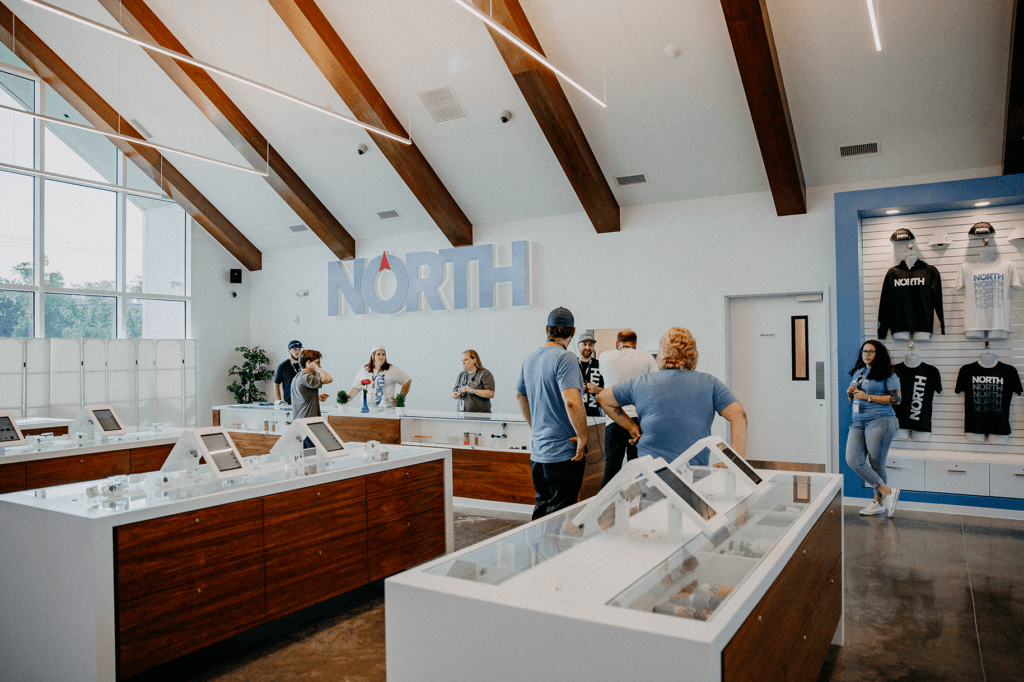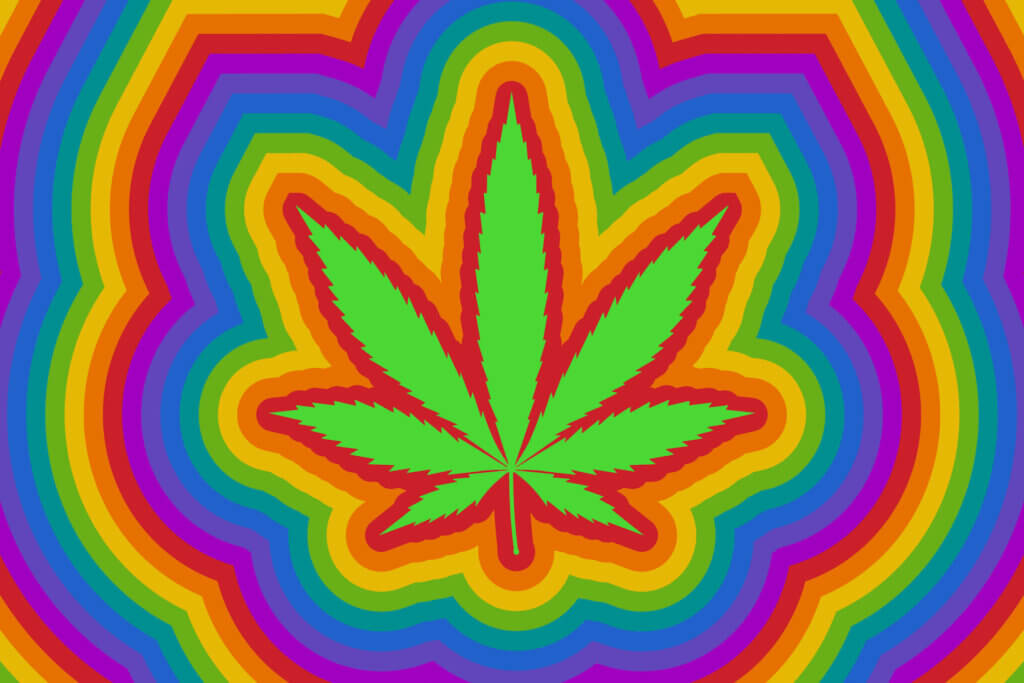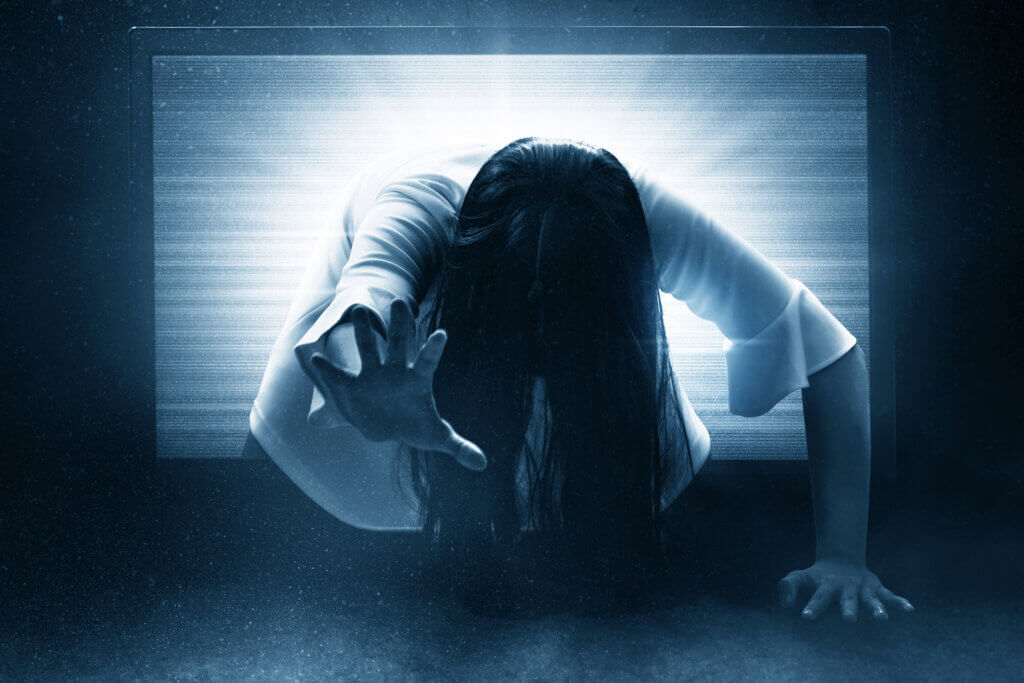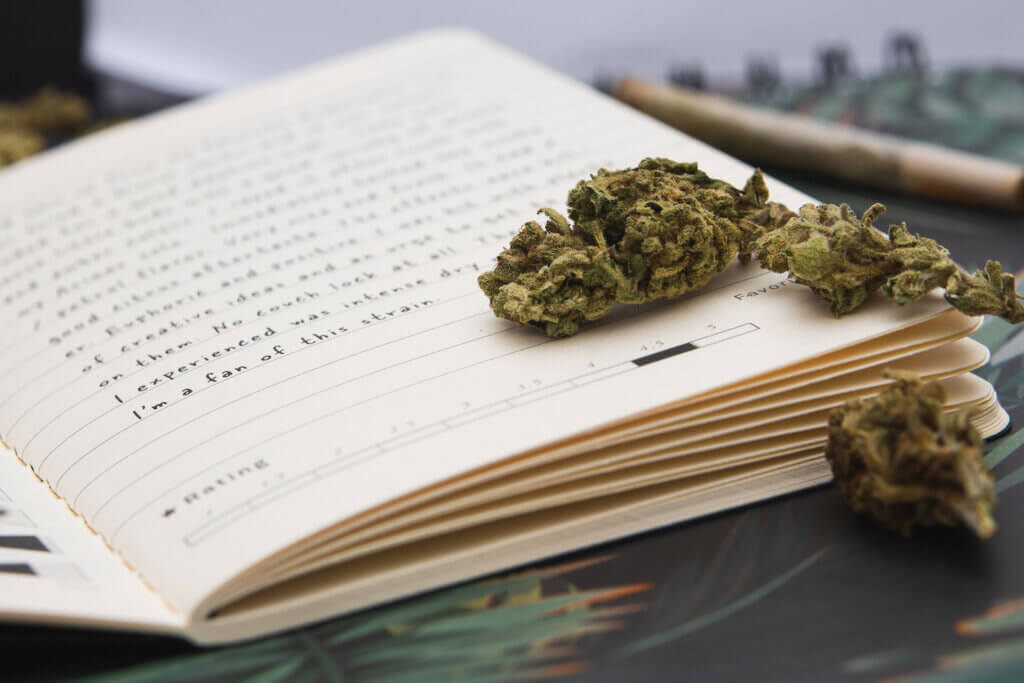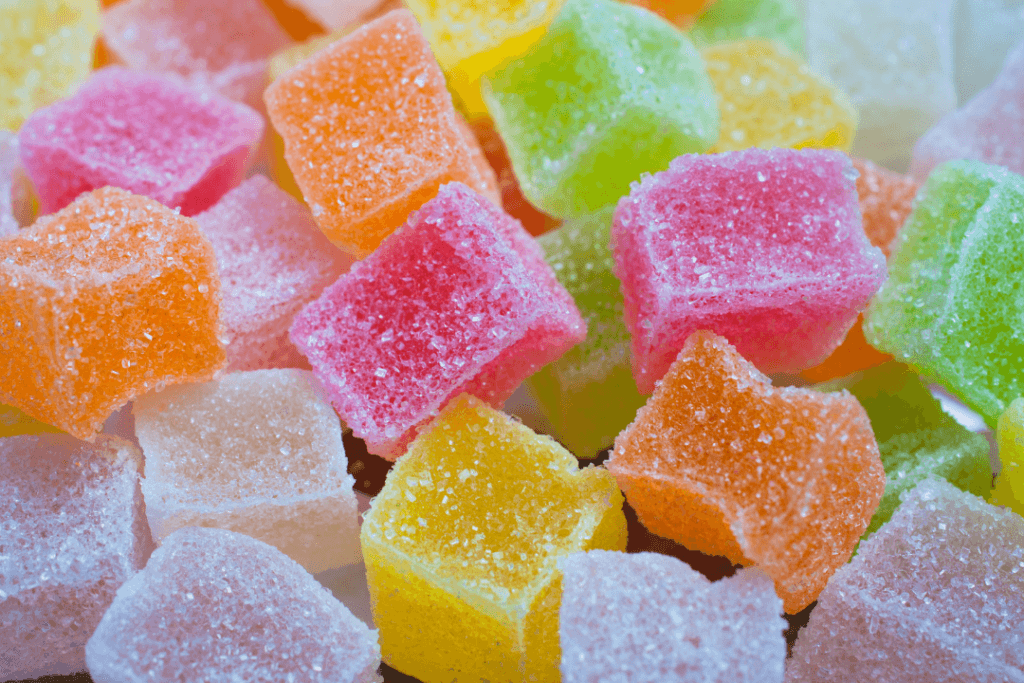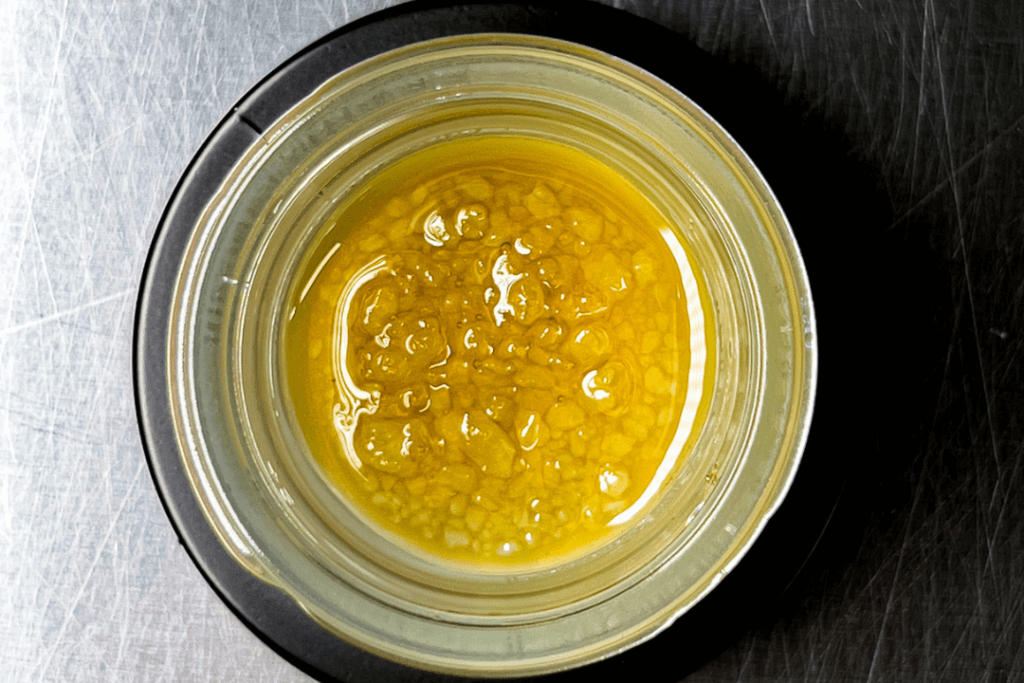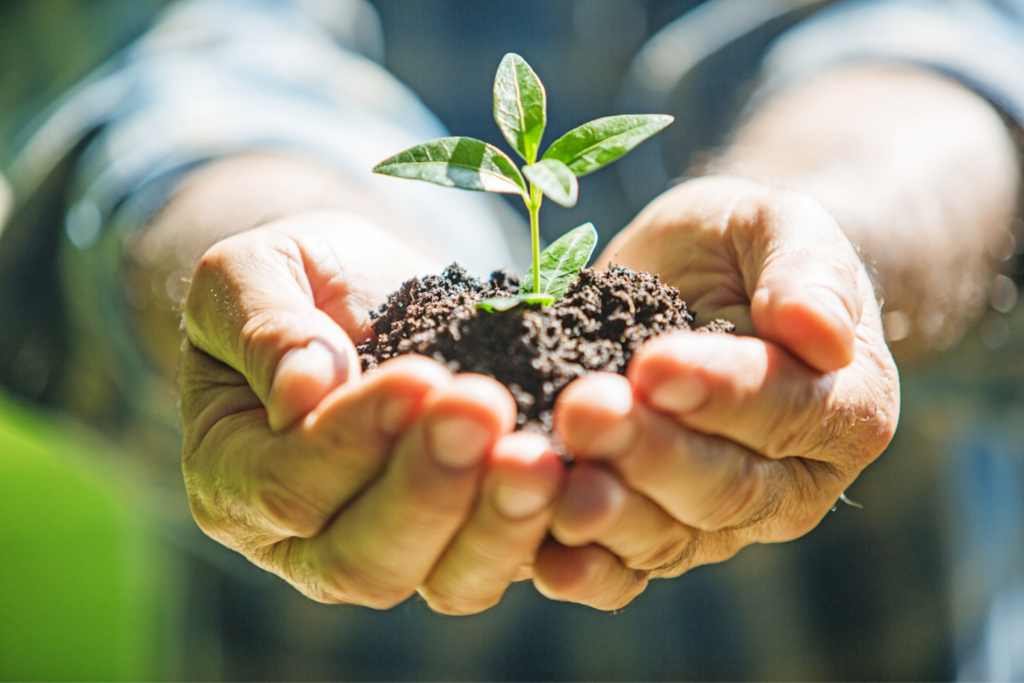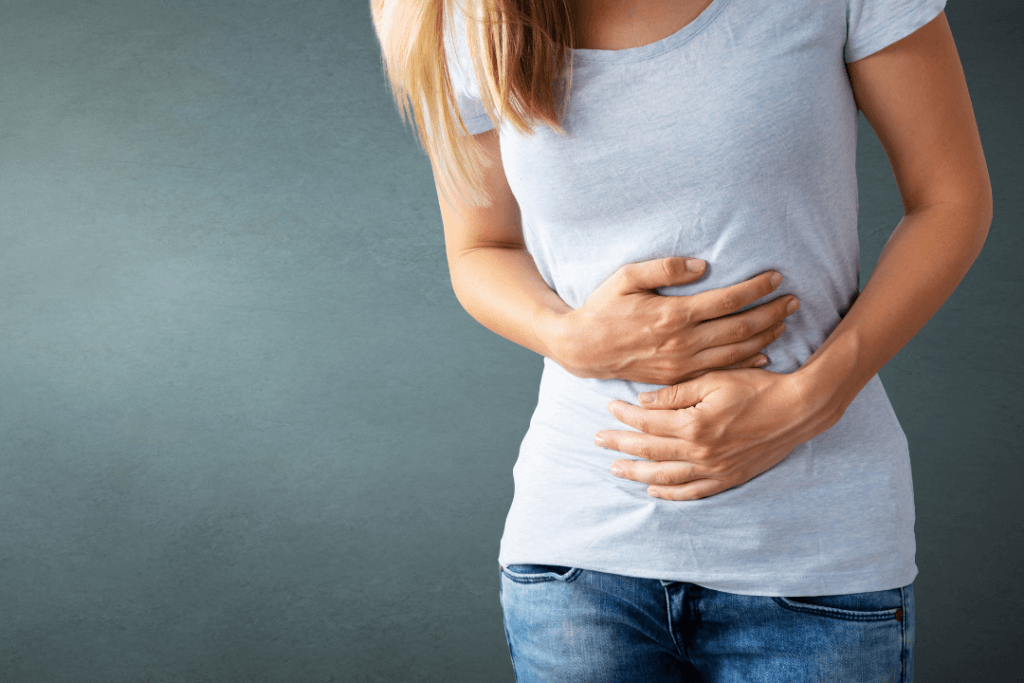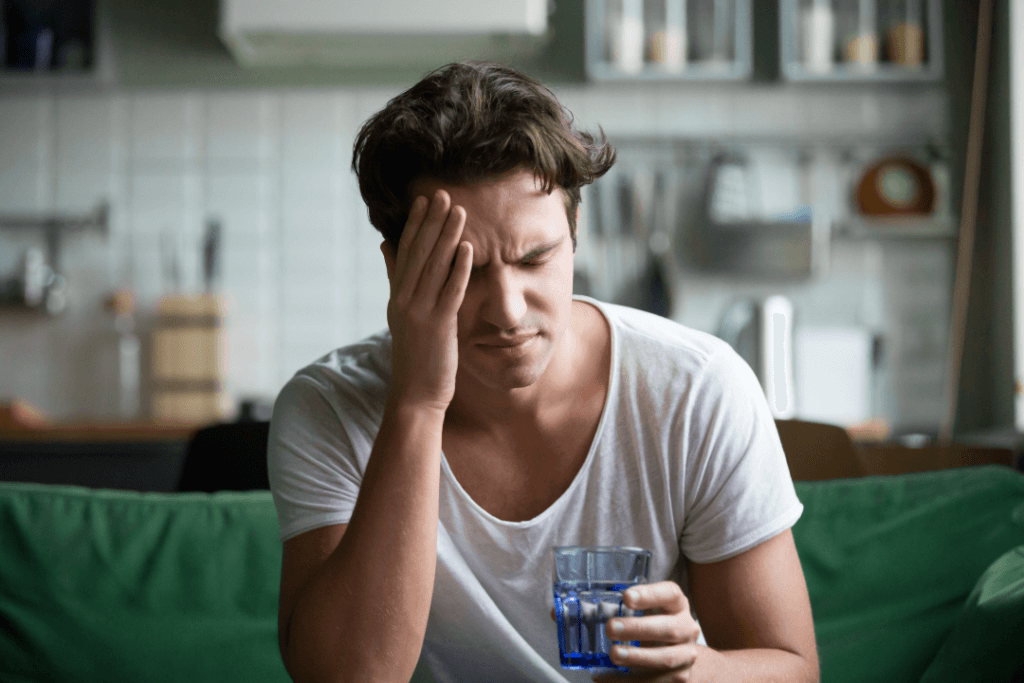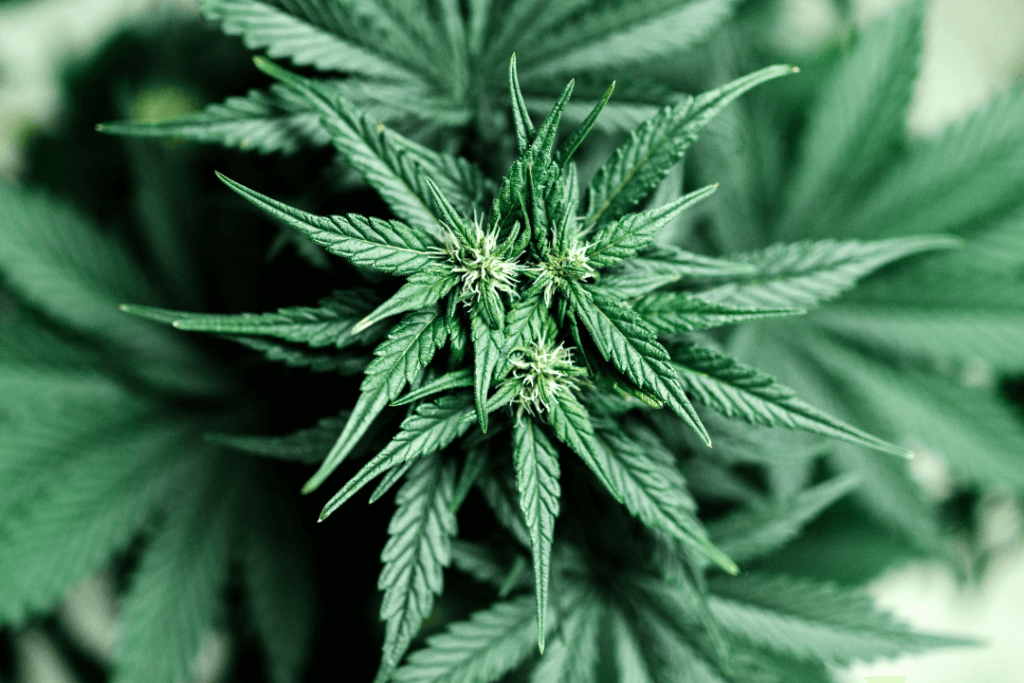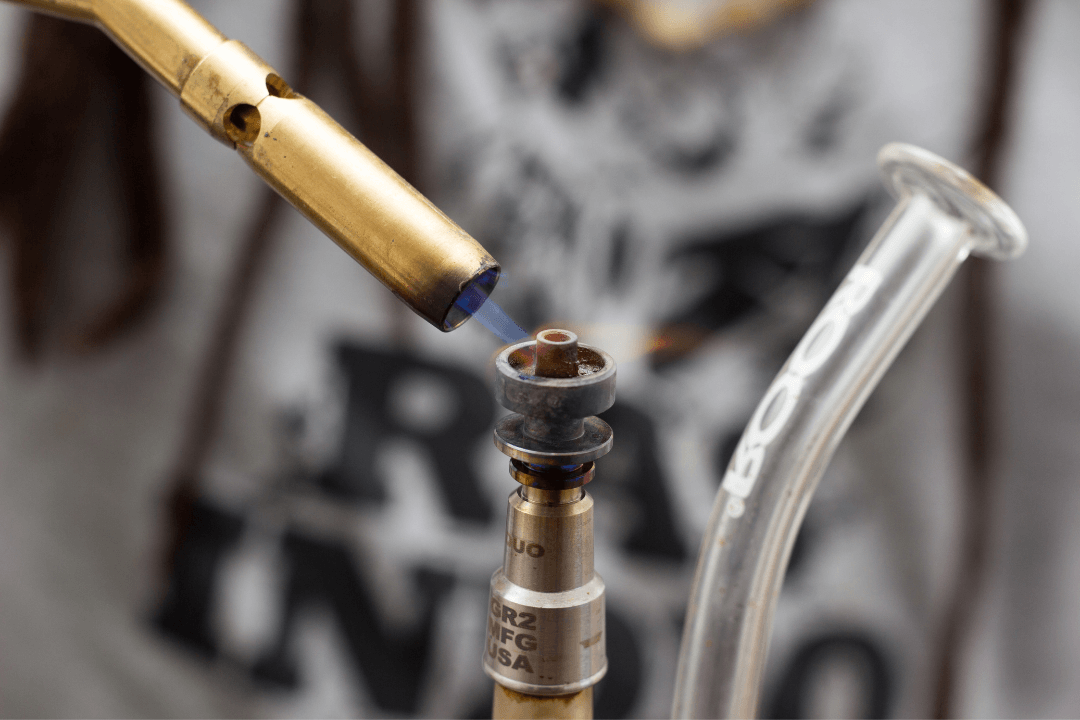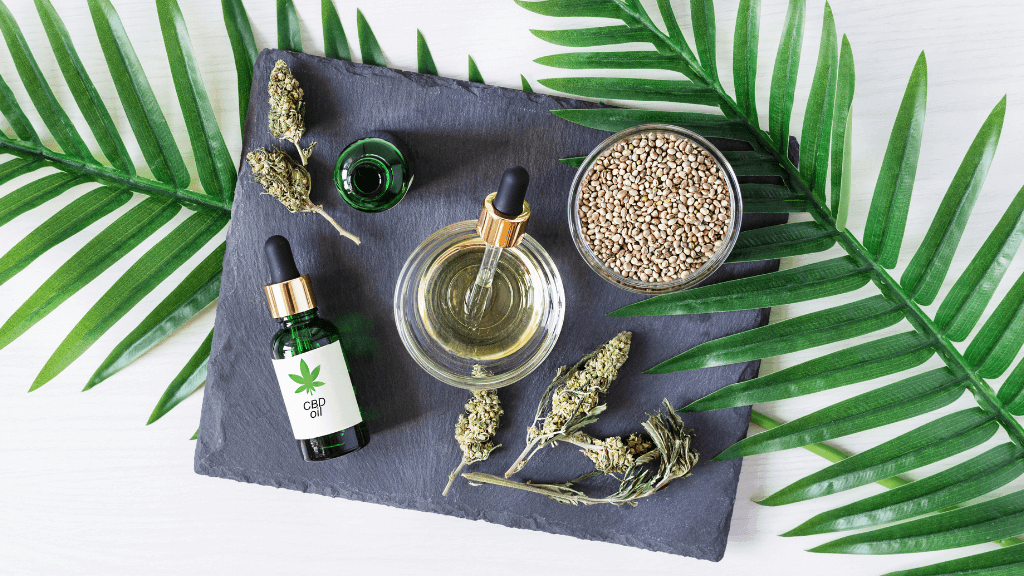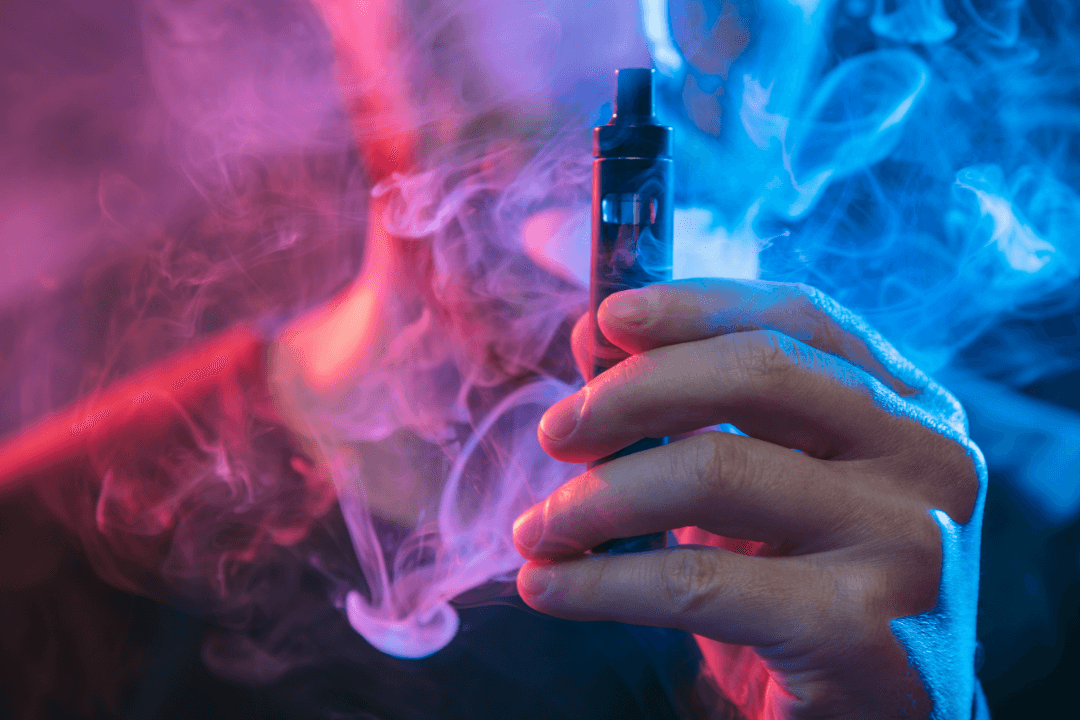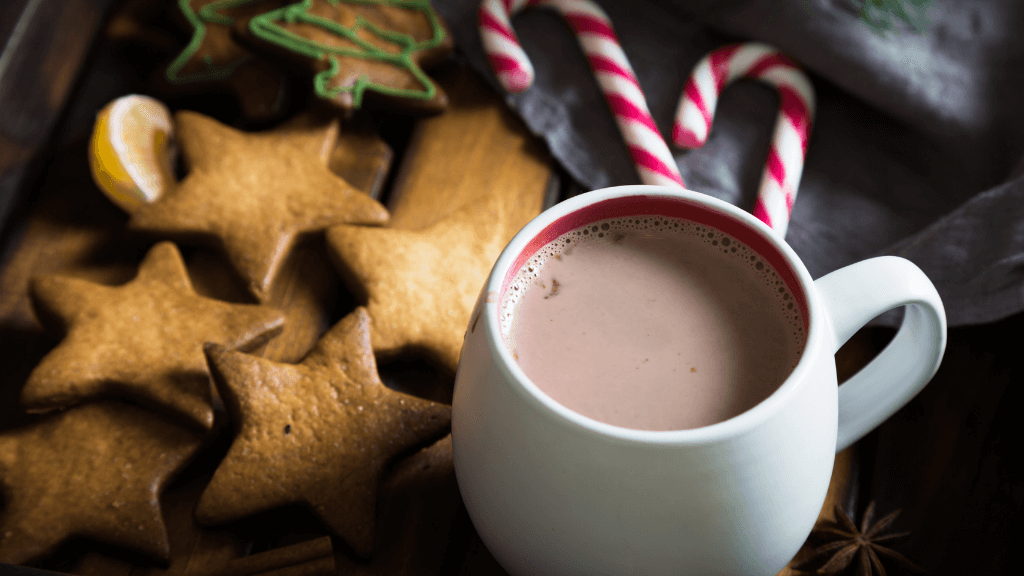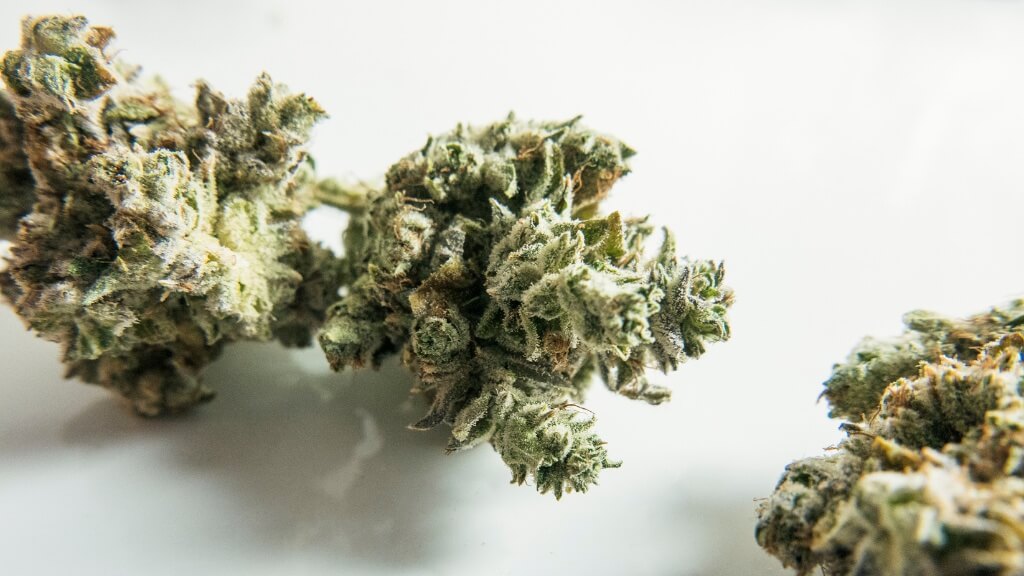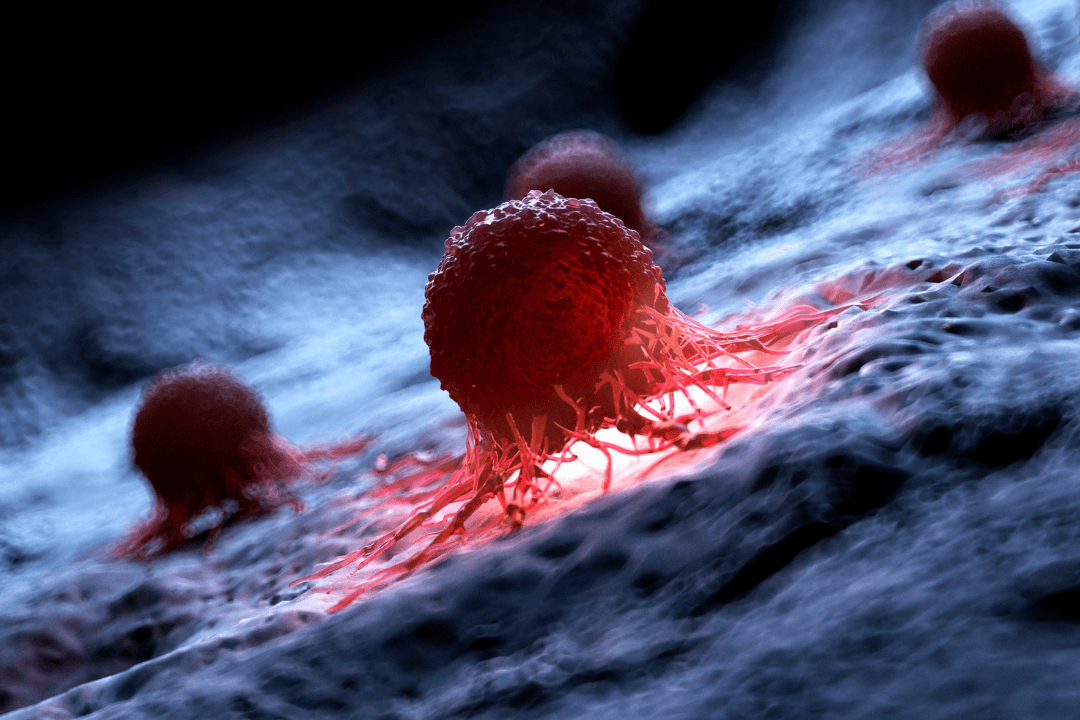For years now, patients suffering from the symptoms of cancer and cancer treatment have turned to alternative medicines to help alleviate pain and nausea, induce hunger, and help curb the symptoms of insomnia.
Currently, only two drugs associated with cannabinoids are approved by the FDA to help with pain and nausea. These are Dronabinol, a pharmaceutical form of THC, and Nabilone, which is a man-made cannabinoid.
While whole or crude cannabis is not approved by the FDA for any medical use, the use of cannabis to treat some medical conditions is legal under state law in 36 states, the District of Columbia, Guam, Puerto Rico, and the U.S. Virgin Islands.
Overall, cannabis can provide some interesting side effects when it comes to treating cancer and cancer treatment symptoms.
THC can help reduce pain, nausea, and inflammation, and can act as an antioxidant, and CBD can help treat seizures, can reduce anxiety and paranoia, and can counteract the “high” caused by THC.
Perhaps the most interesting side effect noticed in studies (conducted on animals) has shown that THC and CBD could potentially halt the spread of cancer cells. It’s also been found that cannabis compounds can also prompt the death of some types of cancer cells either by triggering apoptosis (programmed cell death) or by starving the cells via the prevention of blood vessel development.
Although there is still much to be learned about medical cannabis and the positive effects it has on cancer patients, it’s safe to say, that while overlooked by a medical professional, cannabis can provide some serious relief. In the rest of the blog, we will be discussing the different types of strains best suited for the needs of cancer patients.
Cannabis and Cancer Treatment General Information
A general rule of thumb is that for just nausea and pain relief, we recommend an Indica or Indica dominant hybrid strain, in which a tincture (1:1 THC:CBD) can address pain, inflammation, and nausea while helping you fall and stay asleep. It’s also important to consider the negative side effects of cannabis and how to control them. You can avoid disorientation, lightheadedness, and paranoia by controlling the dose and how said dose is administered.
Before looking at how to pick the right strain for cancer patients, we must look at the demographics. A 2016 study found that, from the limited sample of patients they surveyed, about 25% of the patients considered themselves active cannabis users. Reasons for the patients’ use included:
- Pain, nausea, and loss of appetite (75%)
- Neuropsychiatric symptoms (63%)
- Recreational use/enjoyment (35%)
- Treatment of cancer (26%)
This study gives us enough information to narrow down which strains may be helpful. From this study alone you may deduce that cancer patients are looking for a relaxing strain with mild euphoria, a clear head, appetite stimulation/ nausea reduction, and moderate pain control.
Cannabis Strains for Cancer Patients
Before jumping into this, the team at North would like to remind our readers that much of the information about these different strains is anecdotal and based on our own professional knowledge. When considering medical cannabis for your ailments, please consult a physician and other medical professionals about the best course of action for your treatment.
ACDC
This hybrid is a super CBD strain (20:1 CBD:THC). A great daily medical strain, it excels at treating nerve pain without the psychoactive effects of higher THC strains. While benefiting from the relief of many negative symptoms of cancer and cancer treatment, patients may also benefit from CBD’s potential to curb cancer cell growth.
Blackberry Kush
Blackberry Kush is a THC-heavy Indica that provides euphoric effects and is great for helping cancer patients catch some sleep. This strain takes effect almost immediately and is great for pain relief. It contains anti-anxiety traits and provides a substantial body high that can elevate mood and stimulate hunger.
Blueberry OG (Blueberry Kush)
This hybrid is a moderate Indica and versatile. It provides users with anxiety relief, moderate euphoria, and appetite stimulation. This strain is best for patients looking to relax and reduce their anxiety but can also benefit from overall symptom control.
Bubblegum
A 50% Indica and 50% Sativa hybrid, Bubblegum is low in CBD and high in THC. Recommended by many doctors, this strain manages pain, nausea, depression, and other common mood disorders. It can also relieve headaches, migraines, back pain, insomnia, and muscle spasms. It is one of the most well-known strains that may often give relief to cancer-related symptoms like appetite loss and depression through its body-numbing and relaxed psychoactive effects.
Cannatonic
Cannatonic, a hybrid, is high in CBD and will leave you feeling uplifted rather than sedated. This strain is great for medical or recreational use. However, it is great for treating muscle spasms and aches, as well as migraines. It is also one of the best at treating anxiety in addition to several other psychological symptoms.
Charlotte’s Web
This Sativa strain is great for use during the day. This pain reliever can also be used to combat seizures. It will leave you feeling relaxed, but with an uplifted mood and increased appetite, while also leaving you clear-headed.
Chemo
This Indica strain was developed by the University of British Columbia to specifically combat the side effects of chemotherapy. It’s harsh to hit, but its properties are well worth it. Chemo combines the body-relaxing pain relief of a heavy Indica with a stomach-soothing element that knocks out nausea and stimulates appetite.
Chocolope
Chocolope is great after chemotherapy. It’s a great way to unwind and uplift. This Sativa strain will leave you feeling energized.
Cookies and Cream
An award-winning hybrid, Cookies and Cream is a cross of Starfighter and Girl Scout Cookies. Its multi-symptom medicinal properties are unique in that it helps patients suffering from insomnia, nausea, and pain. This strain is great for patients looking for long-lasting relief from their symptoms.
Critical Mass
Critical Mass is an Indica strain that is high in THC with a rich CBD profile. This strain is excellent for pain relief. An important component of this strain is its unique cannabinoid content which makes it one of the most promising for the ability to prevent the growth of cancer cells.
Granddaddy Purple
High in THC, this strain helps fight nausea and appetite loss. Developed from combines the Big Bud and Purple Urkle, it will make you relaxed and euphoric at the same time; your mind will wander while your body remains idle. In higher doses, this strain can help you fall asleep and can manage depression brought on by the many different mood-altering cancer drugs.
Harlequin
Harlequin is an excellent hybrid with high CBD levels, this strain is great for use during the day. It offers mild to moderate pain relief with a subtle euphoric effect. Enjoy elevated moods without the feeling of fatigue or lightheadedness. This strain is best for patients who do not need appetite stimulation or nausea control.
Harle-Tsu
This hybrid was specifically bred to yield ultra-high CBD concentrations with a super-low THC content. A uniquely medical strain, Harle-Tsu is one of the most popular CBD-dominant strains among the medical cannabis community. It takes care of both pain and inflammation throughout the day while yielding slim to zero psychoactive effects.
Northern Light
An Indica dominant strain, Norther Light contains high THC and low CBD. This strain is perfect for patients with unique, symptomatic needs. It provides moderate to strong relief in pain and discomfort associated with nausea and provides an appetite boost. There are potentially stronger psychoactive properties that are associated with this strain, so watch your dosage.
Pennywise
Pennywise may sound scary, but it’s just the opposite! This Indica strain is high in CBD and is a blend of Harlequin and Jack the Ripper. It’s great for overall cancer treatment, and rather than leaving you sleepy and disoriented, you’ll be feeling relaxed yet clear-headed and focused.
Rick Simpson Oil
The higher level of THC offers combined physical and psychological effects that create a more comprehensive result for a sedative-like approach that leads to increased healing potential. This product is one of the best on the market for treating cancer symptoms.
Super Lemon Haze
This strain is best for days you have to get up and get moving. This uplifting and energizing strain is great for cancer patients’ spirits. Research has shown that a positive attitude is essential to making the most of cancer treatments. So, why not give yourself the boost you need after an energy-zapping chemotherapy or radiation therapy treatment?
Super Silver Haze
Super Silver Haze is a Sativa dominant hybrid that gives people relief in depression and many other conditions. This award-winning strain helps with pain, stress, and tension, all by inducing an energetic euphoria that still leaves you clear-headed throughout the day.
Head North
At North, we care about our patrons. We’re here for all your medical needs. If you are someone you know is suffering from cancer or any other ailment that might warrant a medical cannabis card, we can help. Follow the steps in this link here, to see what’s next in your journey to find relief. Already have a medical cannabis card, great! Check out our website at https://north.life/ to see our menus and to learn more about what we offer.


